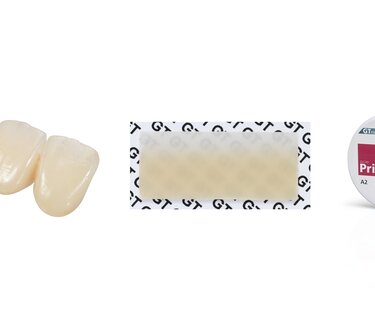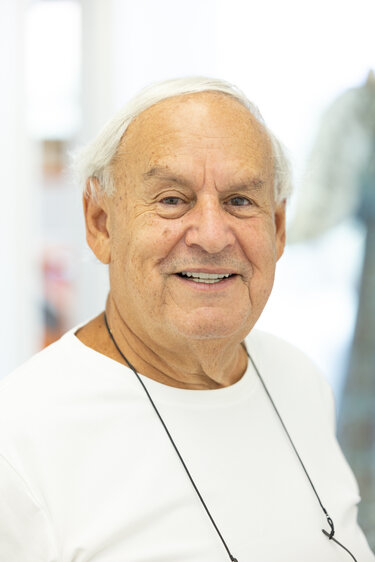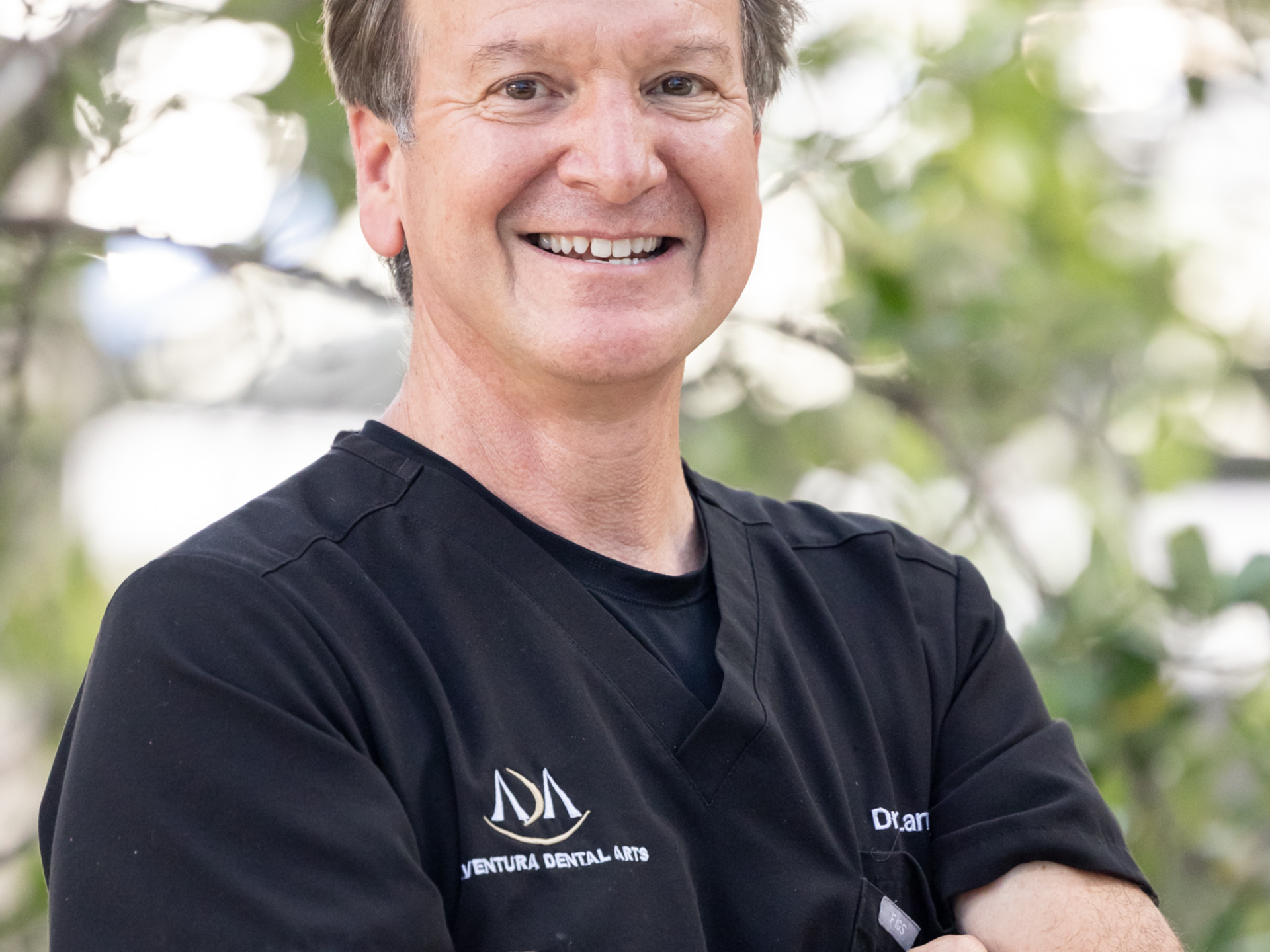Dr. Larry Grillo’s take on Prime Zirconia
As dentists, our goal when dealing with indirect cases, especially in the esthetic zone, is to create a highly esthetic restoration that blends seamlessly in the mouth, replicating the shape, form and shade of the patient’s natural dentition. While the original generation of high-strength zirconia materials were lauded by clinicians for their strength and durability, the opaque nature of the monolithic restoration lacked the optical properties desired for the anterior arch unless overlaid extensively with ceramics. This feature relegated use of the material primarily to posterior restorations where esthetics was less of a concern.
In response, manufacturers reformulated the material to increase its translucency, hoping this second generation would produce a more esthetic natural-looking monolithic restoration and lessen or eliminate the need for ceramic layering to achieve the desired esthetics. While the translucent appearance of this second generation of zirconia was increased slightly, it suffered from a significant loss in flexural strength. In addition, this second generation, like the first, required ceramic layering to bring the restoration to life and achieve the high-quality anterior esthetics demanded by patients. Soon thereafter, gradient zirconia pucks were introduced to the market. These multilayered zirconia pucks transitioned in shade from a darker dentin layer to a more translucent enamel layer in order to replicate incisal translucency, but the transition from one layer to the next was not seamless and the resulting restoration was again of a lower strength value.
The introduction of IPS e.max® ZirCAD® Prime (Prime Zirconia) has been a game changer for general dentists with practices like mine that emphasize cosmetics and comprehensive care. This newest generation of zirconia material has finally achieved the once elusive goal of melding strength and esthetics in a single monolithic material that does not require ceramic overlay to achieve natural-looking results. The addition of a higher cubic phase into the seamless gradient puck not only results in layer-free restorations that exhibit life-like esthetics but also is a single material suitable for a broad range of indications from single crowns to 14-unt bridges, all the while maintaining a flexural strength of 1200 MPa


The unique features of IPS ZirCAD Prime finally made it possible to successfully treat a difficult patient who refused to accept a simple clinical solution to his bruxing and grinding parafunctional habits as well as minimize damage from gastroesophageal reflux disease (GERD). It had been clinically recommended that the patient wear a preventative nightguard to not only protect his healthy teeth but also preserve restorations that were placed to repair worn, eroded, or fractured dentition. He refused the clinical advice and returned time and again to the practice to repair damaged teeth. For posterior teeth, the best restorative material choice was high-strength monolithic zirconia. However, because the material required extensive layering to achieve acceptable anterior esthetics, it was not recommended for successfully withstanding the patient’s parafunctional stresses.
The introduction of IPS e.max ZirCAD Prime finally offered a monolithic solution for this patient that offered the high-end esthetics for the anterior arch without the need for ceramic overlay and the overall strength to endure long-term stress. When it was proposed that the patient undergo a full mouth reconstruction using this material, he agreed. Today, the patient is thankful for the long-term solution and smiles with confidence.
Receive our monthly newsletter on recently published blog articles, upcoming education programs and exciting new product campaigns!
